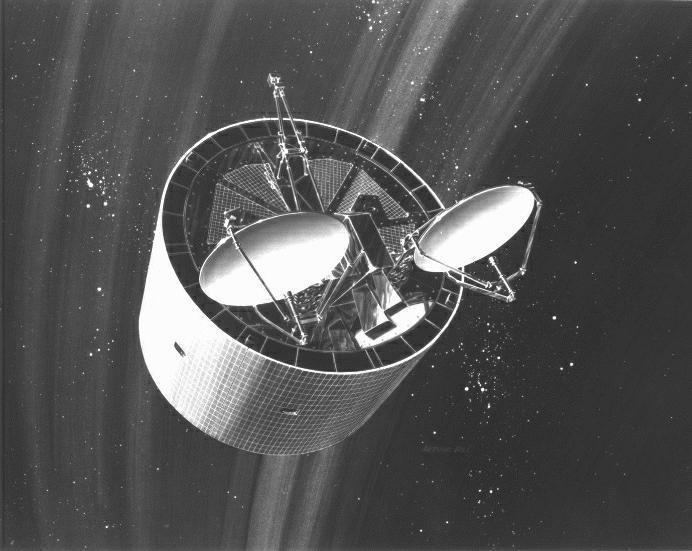 | ||
The Defense Satellite Communications System (DSCS) provides the United States with military communications to support globally distributed military users. DSCS will be replaced by the Wideband Global SATCOM system. A total of 14 DSCS III satellites were launched between the early 1980s and 2003. Two satellites were launched aboard the Space Shuttle Atlantis in 1985 during STS-51J. According to the USAF, in early 2008 most of the satellites were still working. DSCS operations are currently run by the 3d Space Operations Squadron out of Schriever AFB.
Contents
Background
DSCS went though three major phases - IDCSP (Interim Defense Communication Satellite Program), DSCS- II, and DSCS-III. Since the first launch, DSCS has been the "workhorse" of military satellite communications. All DSCS III satellites have exceeded their 10-year design life. The National Science Foundation are proceeding with plans to use the DSCS satellites to provide additional bandwidth to Amundsen-Scott South Pole Station and McMurdo Station on Ross Island on the continent of Antarctica.
DSCS II
DSCS II provided secure voice and data communications for the U.S. military. The program was managed by the Defense Communications Agency (DCA), now the Defense Information Systems Agency.
The space vehicles were spin stabilized with a de-spun antenna platform. The body was mounted with solar cells which produced 535 watts. Three NiCd batteries provided electrical power and it was supported by a hydrazine propulsion subsystem.
The communications payload included two 20-watt X-band channels. The transponders were supported by steerable narrow beam antennas and drive mechanism for communications privacy.
The first DSCS II launch was in 1971.
